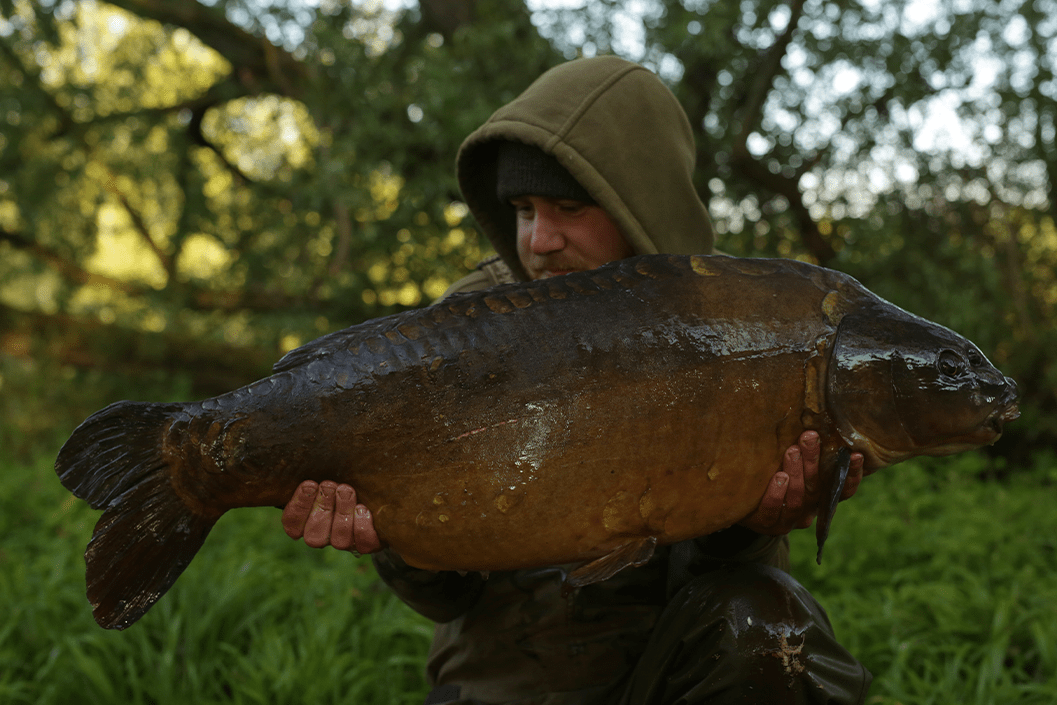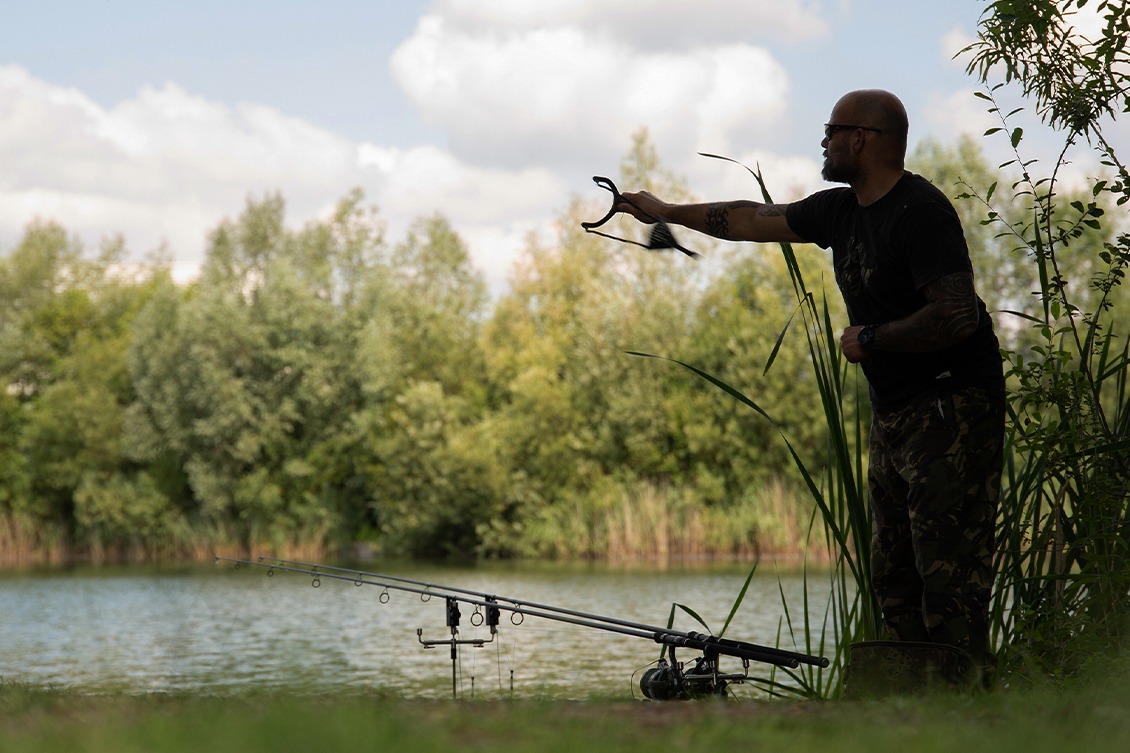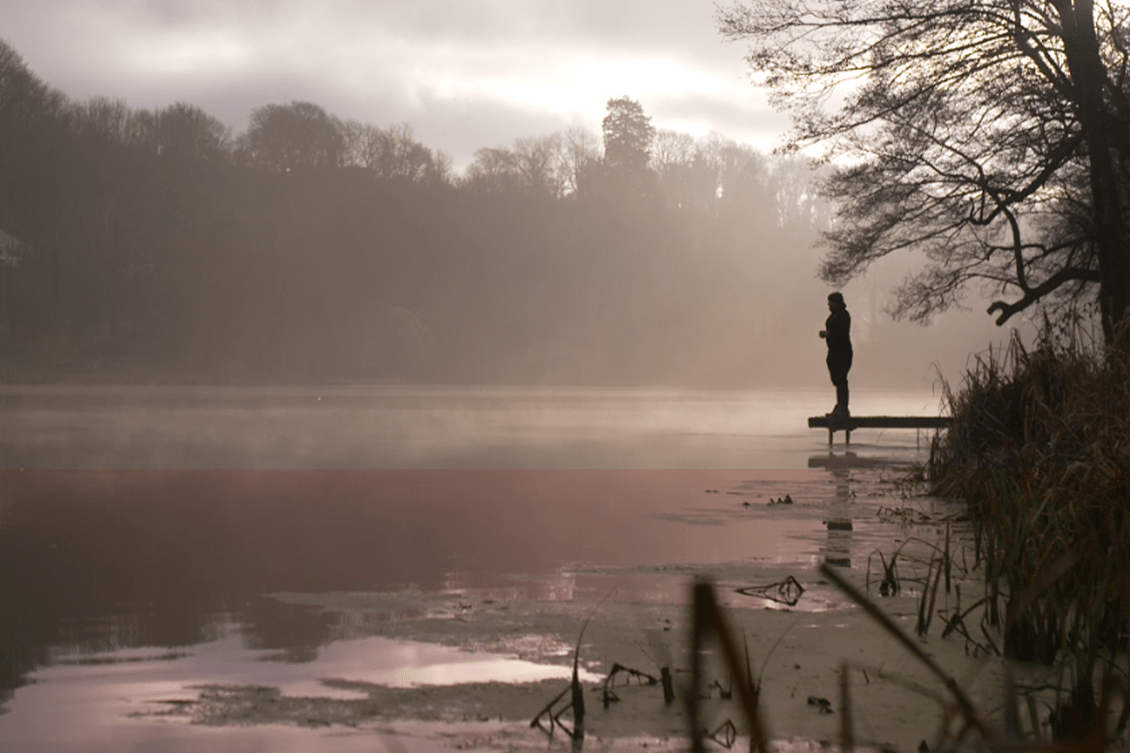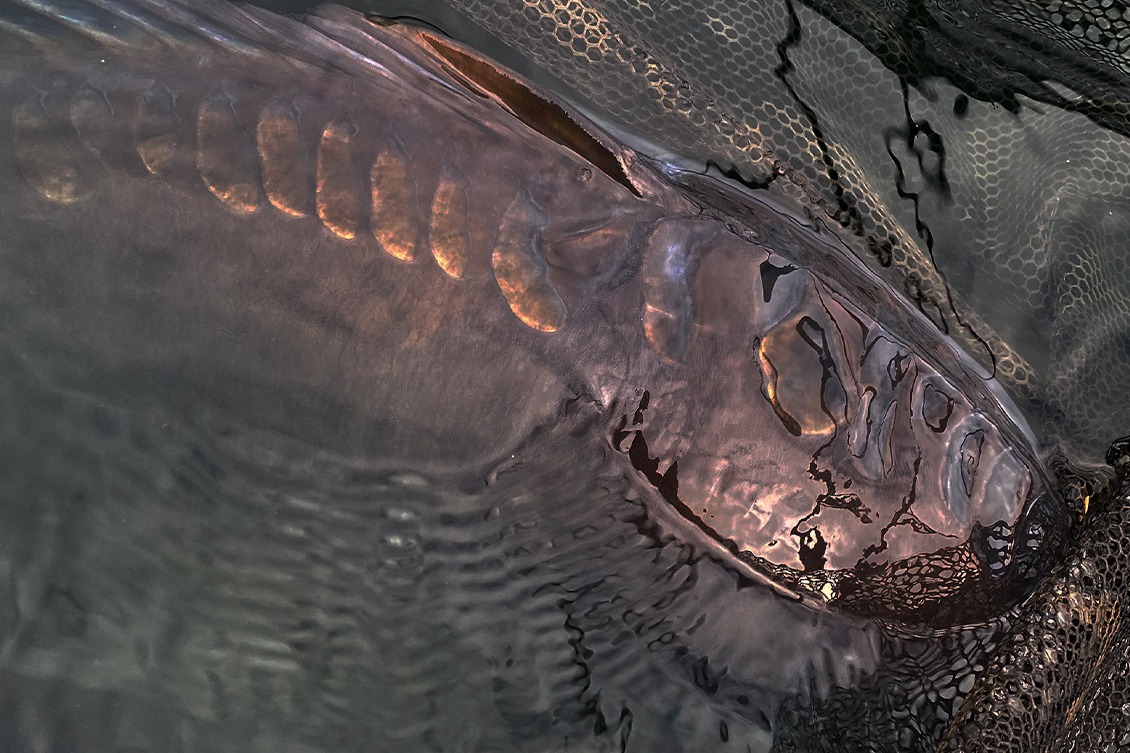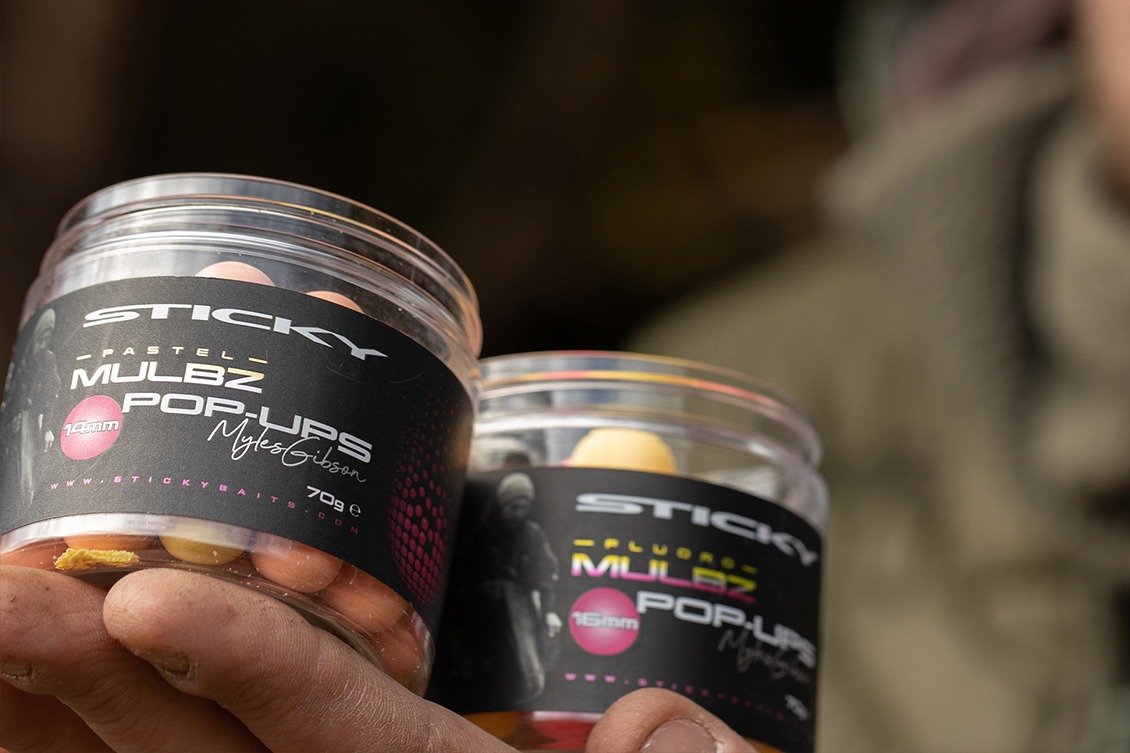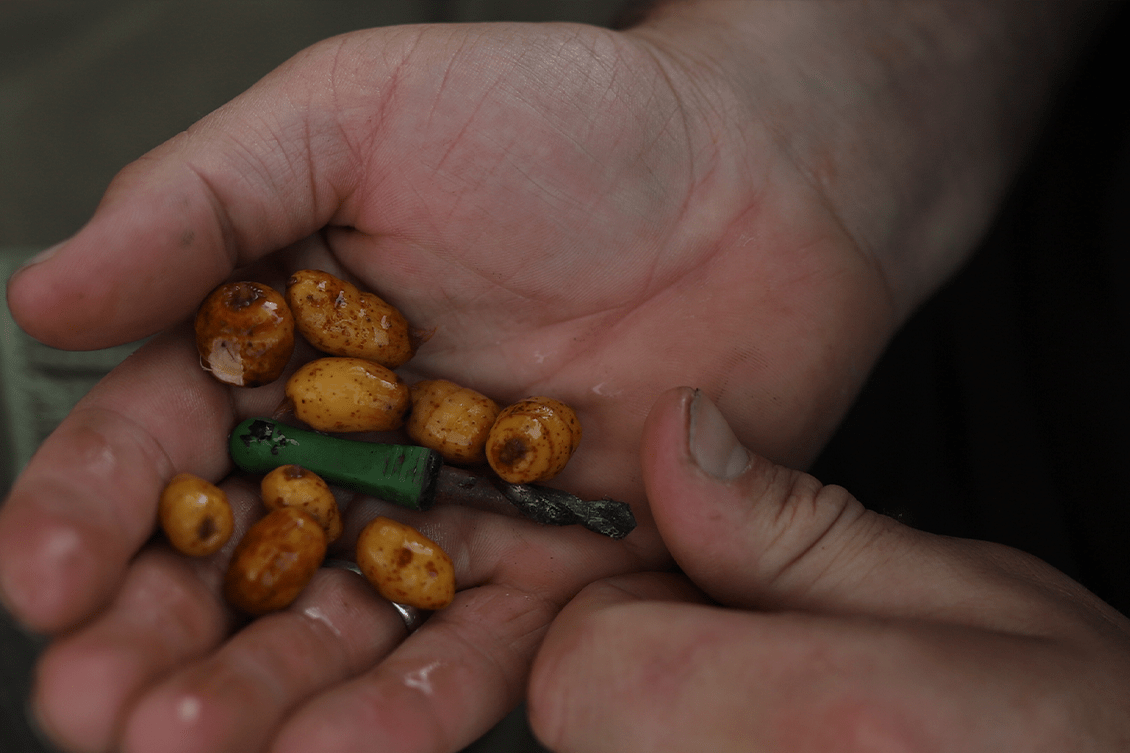
Lance Barton describes how he tackles busy venues, a common occurrence for many anglers out there!
Lance Barton describes how he tackles busy venues, a common occurrence for many anglers out there!
It seems that lakes up and down the country are becoming busier and busier with each passing year. It isn’t just day tickets either, many syndicates these days have plenty of members who fish regularly, week in week out. It’s therefore vital to be on top of your game in order to be successful, you don’t have to overcomplicate everything either, you just have to get the basics absolutely spot on.
The first task everyone is faced with on a busy venue is finding a swim, and not just any swim either, one with access to the fish! It’s no good plotting up in the first empty swim you see, as it could well be devoid of fish. The way I choose my swim depends on the length of my session. If I am only there for a night or two, I tend to select a free swim, as close to where the bulk of the fish are holding up. Only when I have several nights at my disposal would I venture into other anglers’ swims to find out if they are leaving in the coming days. It’s always worth having a good walk around any lake before setting up, just to make sure you have made the right choice, so you don’t waste any time.
Of course, carp are wild animals and can change course throughout a day, so I always stay on my toes and look for every opportunity. You have to do this to be successful, because if you don’t, then the chap next door might spot something before you, and that becomes an opportunity missed!
As I have already mentioned, getting the basics right is the most important part of angling, and selecting a spot to fish is one skill you have to master. I look for a spot where the fish want to be, whether that’s right out in the middle or much closer in. It doesn’t need to be completely clean either, light weed growth is easy to present over with the right kit. It’s more the position of the spot that outweighs what the spot is made up of, as I can suit my tactics accordingly.


I tend to stick with two rigs, one for fishing clean spots and the other for over light weed. A simple D-rig presentation with a Krill or Manilla wafter is perfect for fishing on gravel, silt or clay, so long as it is clean, then I use a Ronnie on anything that isn’t spotless. I tend to steer clear of bright baits too, as I feel they are over-used on busy lakes, so I stick to match the hatch wafters or pop-ups.
I like going against the grain a bit with the baiting up too. If there is a tendency for people to use loads of bait then I do the opposite, and vice-versa. Boilie wise, since the advent of the Krill Active, I use that on most of the venues I visit. However, I do switch back to regular boilies on some places, as it allows me to wash them out and make them appear old, and safe. On busy lakes where every swim has a patch of bait out in front of it, the carp can become very used to finding old bait and getting away without capture. It’s always something to bear in mind.
When it comes to making up my mix, I like to use small baits, so I crumb up a lot of the boilies, and only use 12mm baits whole where I can. Mixed in with the boilies, I add some small pellets, and some liquids and powders to suit the time of year. All the small food items help keep the carp in your swim for a long time, prolonging the chance of a bite. The mix itself suits competitive feeding, so whether I am fishing one rod on the spot or three, I keep the baiting nice and tight to entice a frantic feeding response.
LANCE BARTON'S SMALL BAIT MIX STEP-BY-STEP
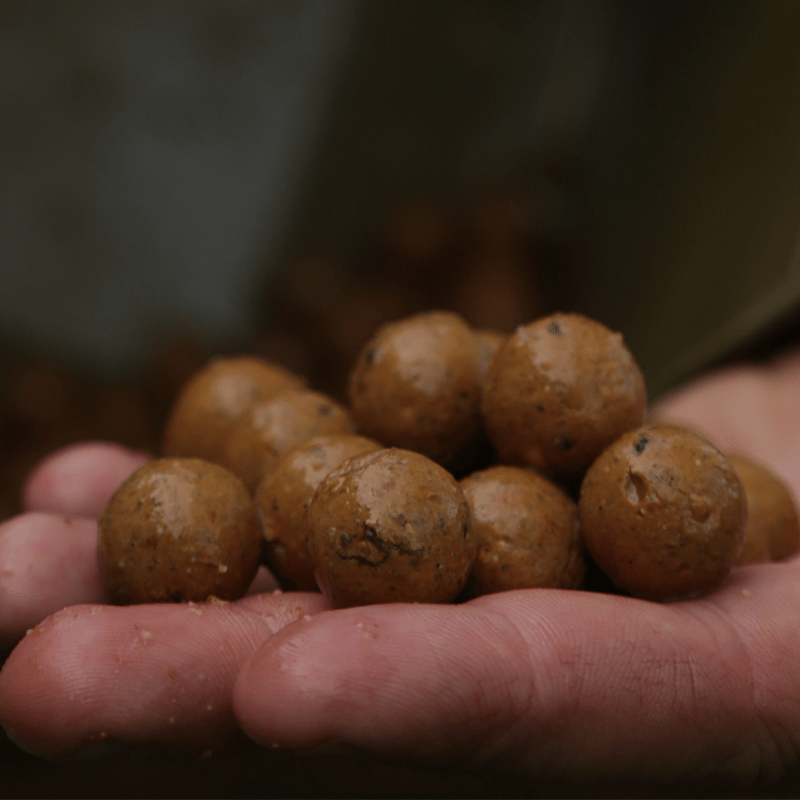
STEP 1
Lance starts by adding some washed out boilies to the bucket.
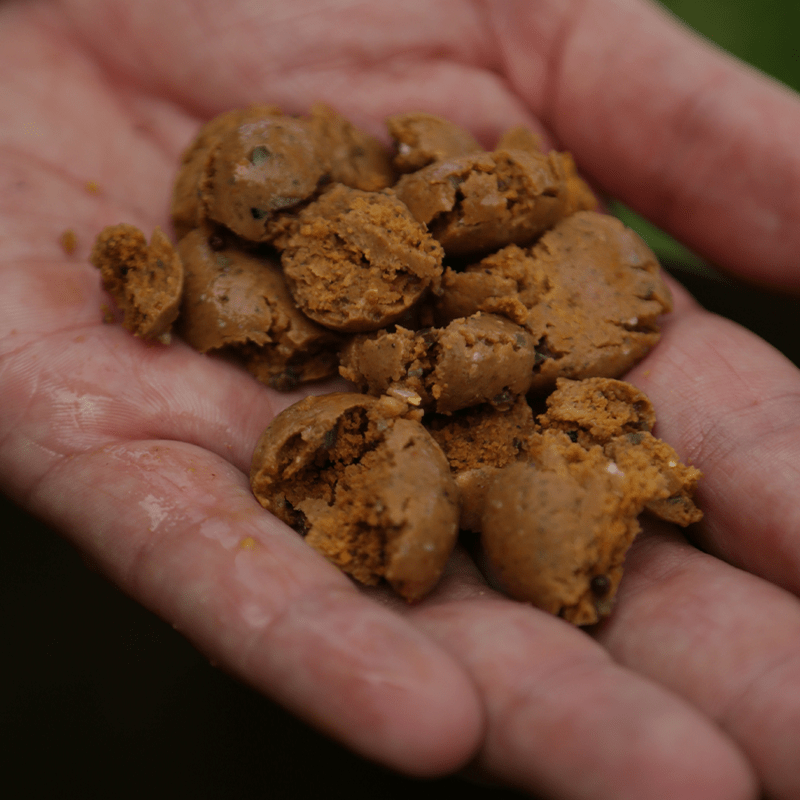
STEP 2
Followed by some broken Krill boilies.

STEP 3
Then adds a handful of tiger nuts.

STEP 4
Followed by a handful of two sizes of Bloodworm Pellets.
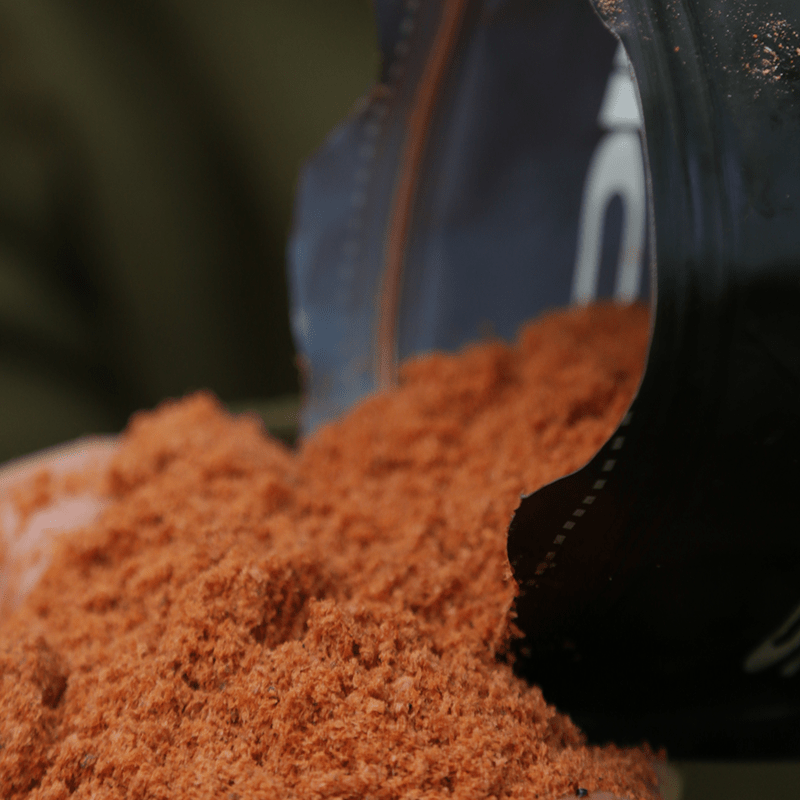
STEP 5
A good sprinkle of the Krill Powder is then added in.
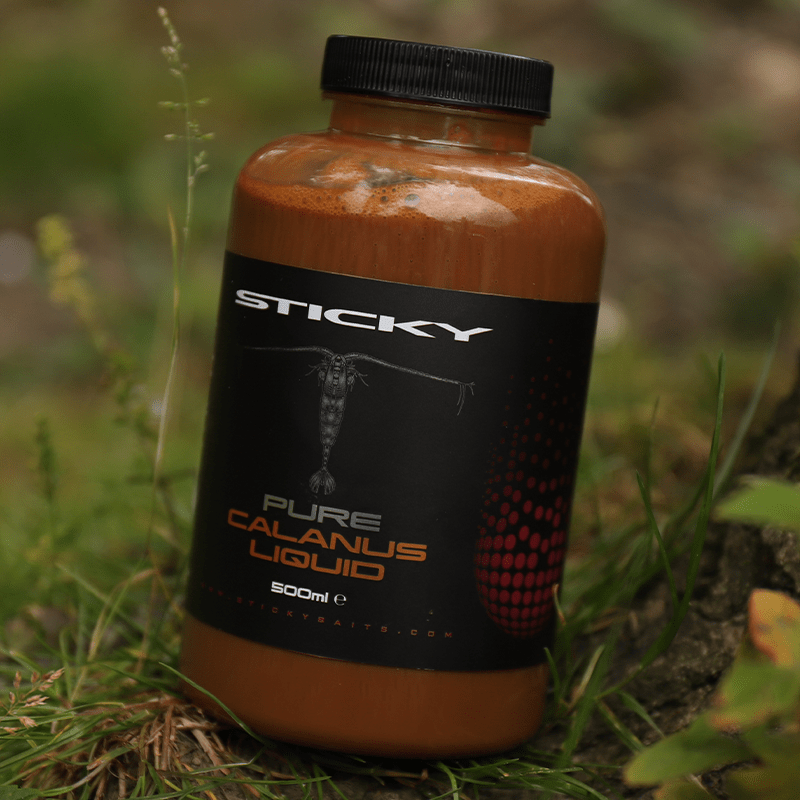
STEP 6
Pure Calanus Liquid enhances the smell and attraction of the mix.

STEP 7
So too does the GLM, adding potent powders helps hold the fish in the swim.

STEP 8
To wet it down he adds some more Pure Calanus and some lake water.
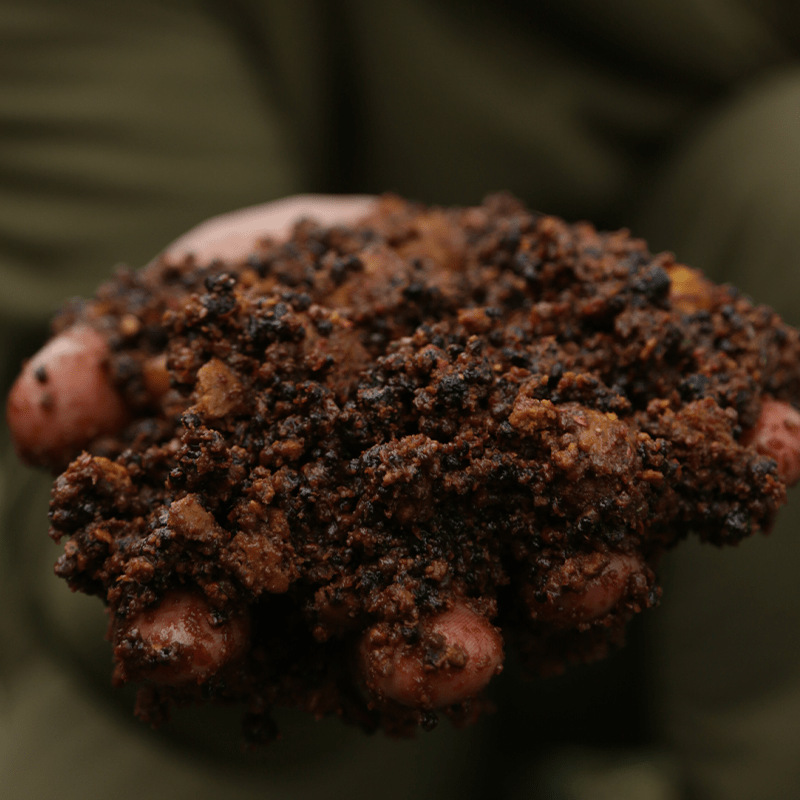
STEP 9
Ensure the mix is very stodgy and tacky.



STEP 1
Lance starts by adding some washed out boilies to the bucket.
STEP 2
Followed by some broken Krill boilies.
STEP 3
Then adds a handful of tiger nuts.



STEP 4
Followed by a handful of two sizes of Bloodworm pellets.
STEP 5
A good sprinkle of the Krill Powder is then added in.
STEP 6
Pure Calanus Liquid enhances the smell and attraction of the mix.



STEP 7
So too does the GLM, adding potent powders helps hold the fish in the swim.
STEP 8
To wet it down he adds some more Pure Calanus and some lake water.
STEP 9
Ensure the mix is very stodgy and tacky.


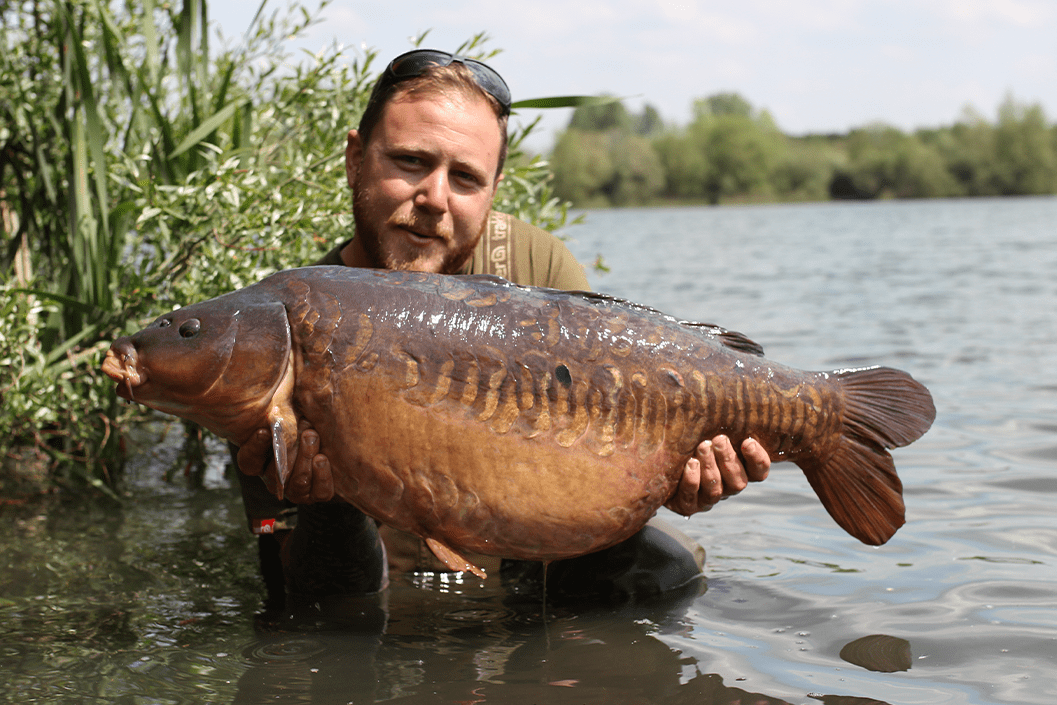
Throughout the session, however long it may be, I have found resting the swim can be a massive help. Even if it is just an hour or so while you nip to the café or see a mate for a cuppa. The fish will come into the swim and not see any lines, this can only help you as your session progresses. Where allowed, coming away from your main swim can also open up stalking opportunities or even a bit of surface fishing. I recently had some success on Christchurch Lake, which saw me land five fish at a time of day I would have usually ignored!
Wherever I have fished be it Sandhurst, a pressured day ticket venue, or Christchurch, a pressured syndicate venue, these methods have always produced well for me. At the end of the day, they are only carp, and if you get your tactics right, without overcomplicating them, there’s no reason why you shouldn’t be successful, no matter how busy your venue of choice is!

